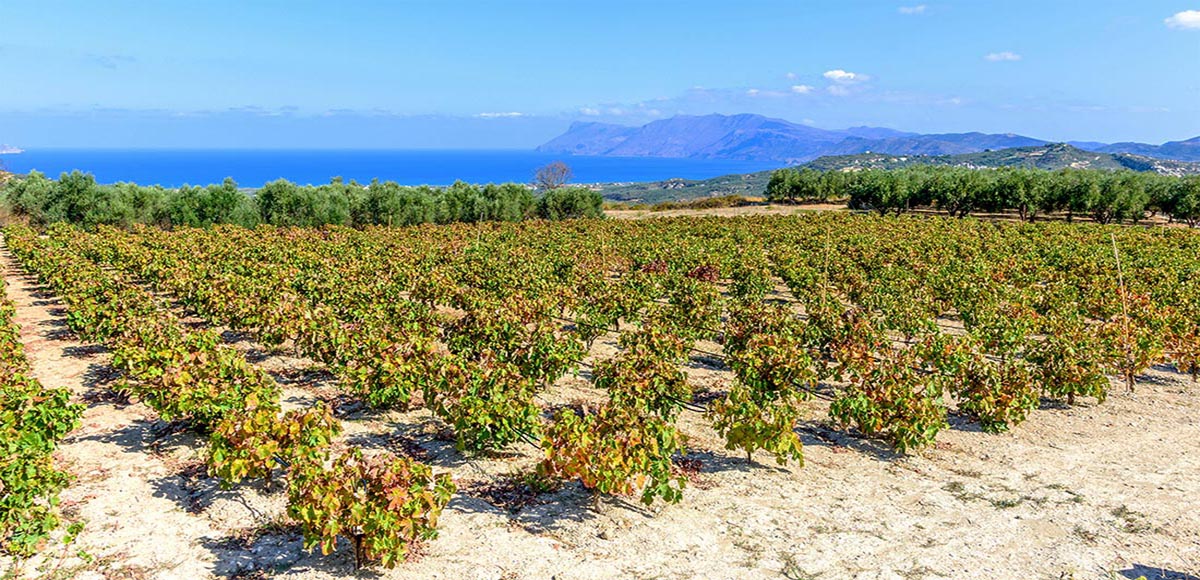Geography
The island of Sardinia covers about 24,000 sq km, and it’s located in the middle of the West Mediterranean Sea. Has a rectangular shape and on each side there's a gulf: Cagliari’s in the south, Oristano’s gulf in the west, Orosei’s in the east and Asinara’s gulf in the north.
Sardinia’s land is covered largely in mountains. The highest peak is punta Lamarmora with 1834 mt on sea level and is located in the middle of the island, between the Gennargentu mountain complex.
The only flat land area is Campidano, which goes from west to south linking the gulfs of Oristano and Cagliari.
Around 50% of Sardinian soil is composed by granites, but there are also limestones, sediment materials and sands on the coasts. In the east side of the island are concentrated most of the mountains, while the west is hilly and degrades gently into the Campidano flat.
Sardinian climate is typical Mediterranean: long, dry-hot and windy summers; short, rainy and not too cold winters (except for the mountain areas). Average temperatures oscillate between 18°C (64.40°F) on the coasts, and 14°C (57.2°F) in the midlands.
Rains are moderate during the autumn-winter seasons, low in spring and scarce in summer.
The prevailing wind is the Mistral which blows from north-west, but the warm wind of Sirocco from south-east is also very frequent.
These weather conditions are ideal for viticulture and high quality wine production, which becomes excellent in some areas. In Sardinia, vineyards design every landscape: from the fertile plains by the sea, to the hills in the central areas.
Sardinia has always been a fascinating tourist destination, often compared to the Caribbeans. The Island of Nuraghi has nothing on other tropical destinations either: on the coast you can find long beaches with fine white sand, rocks, beautiful bays and small islands off the coast. The wonderful sea, certainly is the most precious good of the island, but it’s not the only one.
The best way to enjoy all the natural beauties that Sardinia has to offer, is from a boat. Sea-life lovers can venture on circumnavigate the island, thanks to the many ports and marinas that are available along the coast. During the spring-summer season, Sardinia is the ideal place for regatta lovers, as there are many events attended by thousands of people every year.
Sardinia is undoubtedly original for its unique archaeology, rich in monuments left by ancient civilizations, traces of people of different origins (Nuragic, Phoenicians, Punic, Romans). Perfect example of a site with great archaeological interest, is the Nuraghe, often elected as symbol of the island: it's a tower shaped building with a circular base, made with massive stones; inside can be found one or more rooms, built one on top of the other, with the typical tholos roof.
Sardinia is also the land of Borghi (small villages). On the island there are over 50 borghi spread all over its territory, which fall into different categories: "orange flag borghi "(given by the Italian Touring Club), "borghi autentici", and "borghi amongst the most beautiful in Italy". The Borgo denomination is given to those villages which have an extensive cultural and natural heritage and also to those which offer a high quality hospitality to their guests.
This island is also the ideal place to play golf. Immersed in lovely climate and beautiful sceneries, you can choose to play golf in some of the best high class golf courses. Tourists from all over the world come to Sardinia to spend amazing time playing golf in exclusives resorts.
The Isle of Nuraghi is not just sea, sun, borghi and archaeology: it’s also good food and good wine. Discover Sardinia through its gastronomic specialties and wines, made from native grape varieties to uncover Sardinian culture and its millennial traditions.
Sardinian cuisine is varied, simple and exquisite at the
same time, and it alternates delicate to strong and neat flavors. Travelling
through Sardinia from north to south, you can find specialties and local
products very different from one place to another: if you've never had the
chance to sip the famous mirto liquor, never smelled the perfume coming from
freshly fried seadas or smelled the scent of carasau bread, then you’re
definitely up for a trip into the Sardinian gusto!

